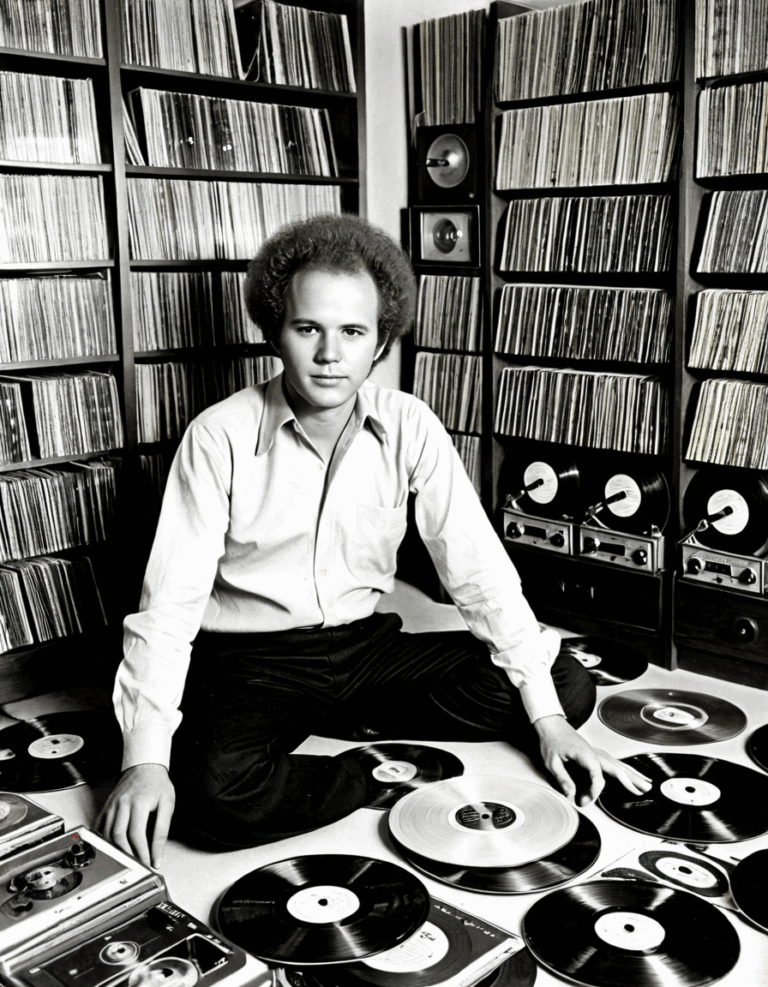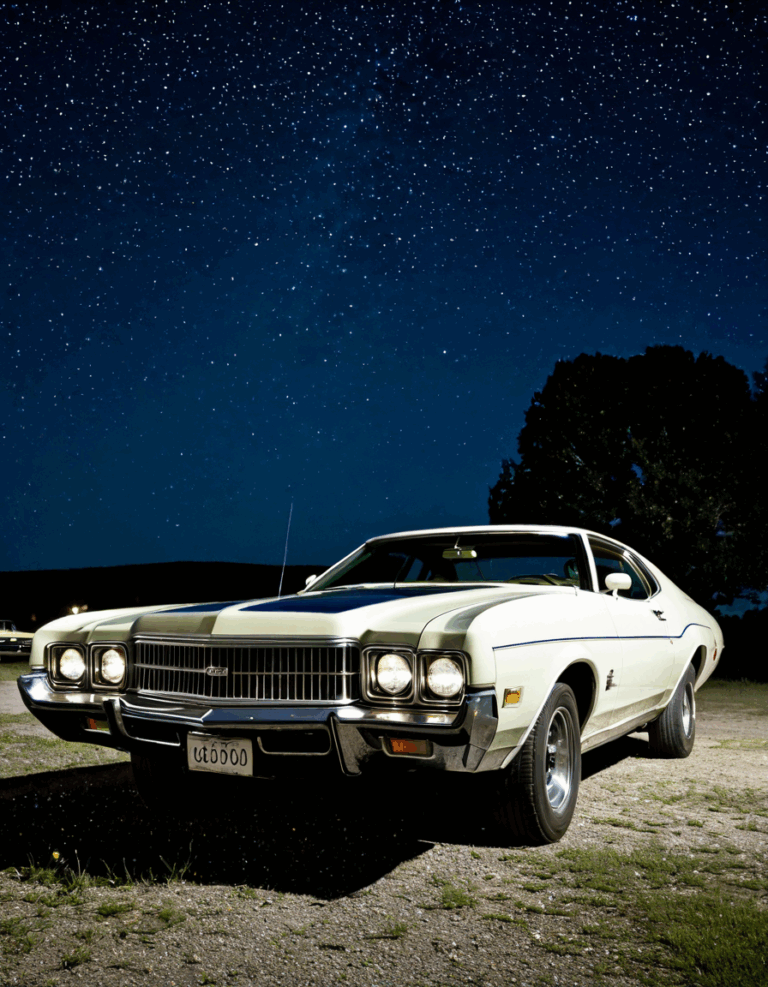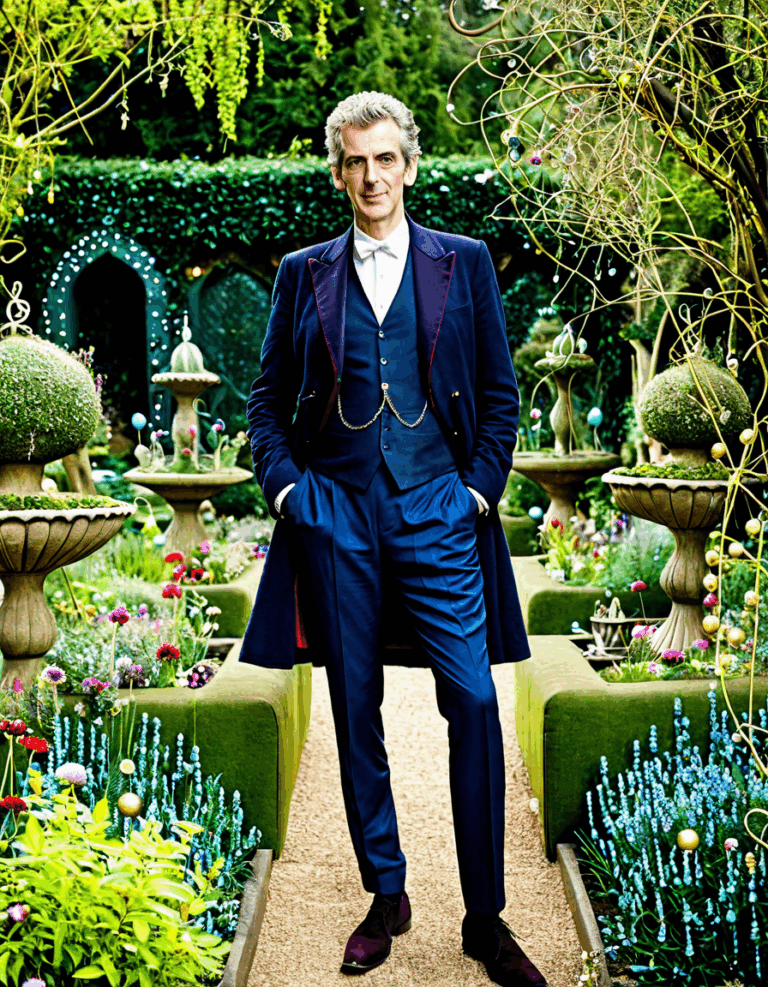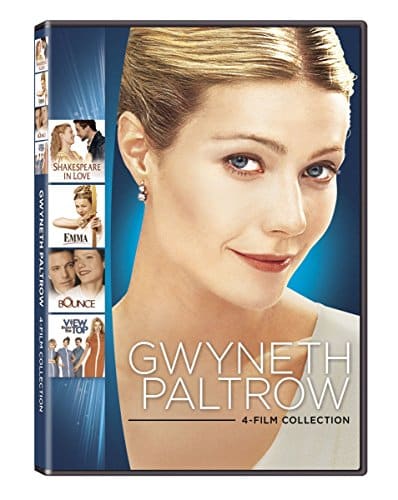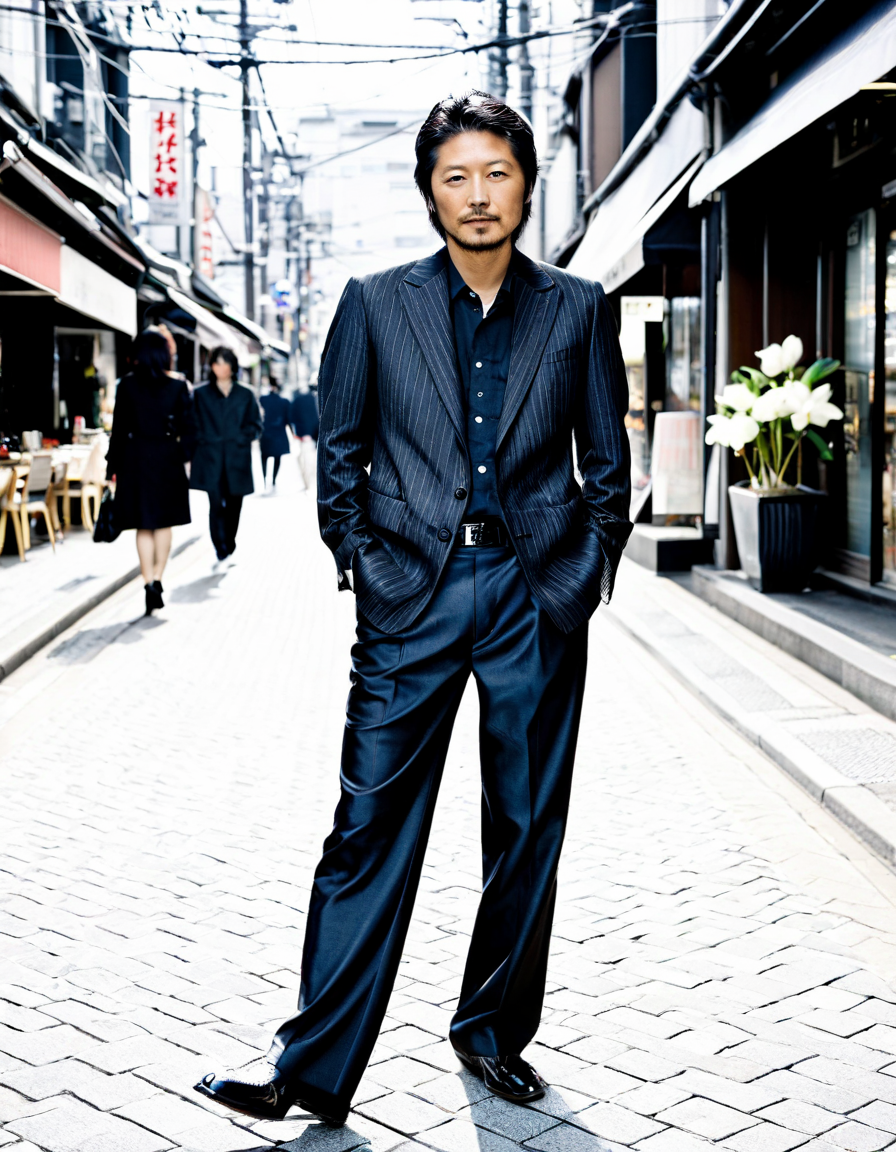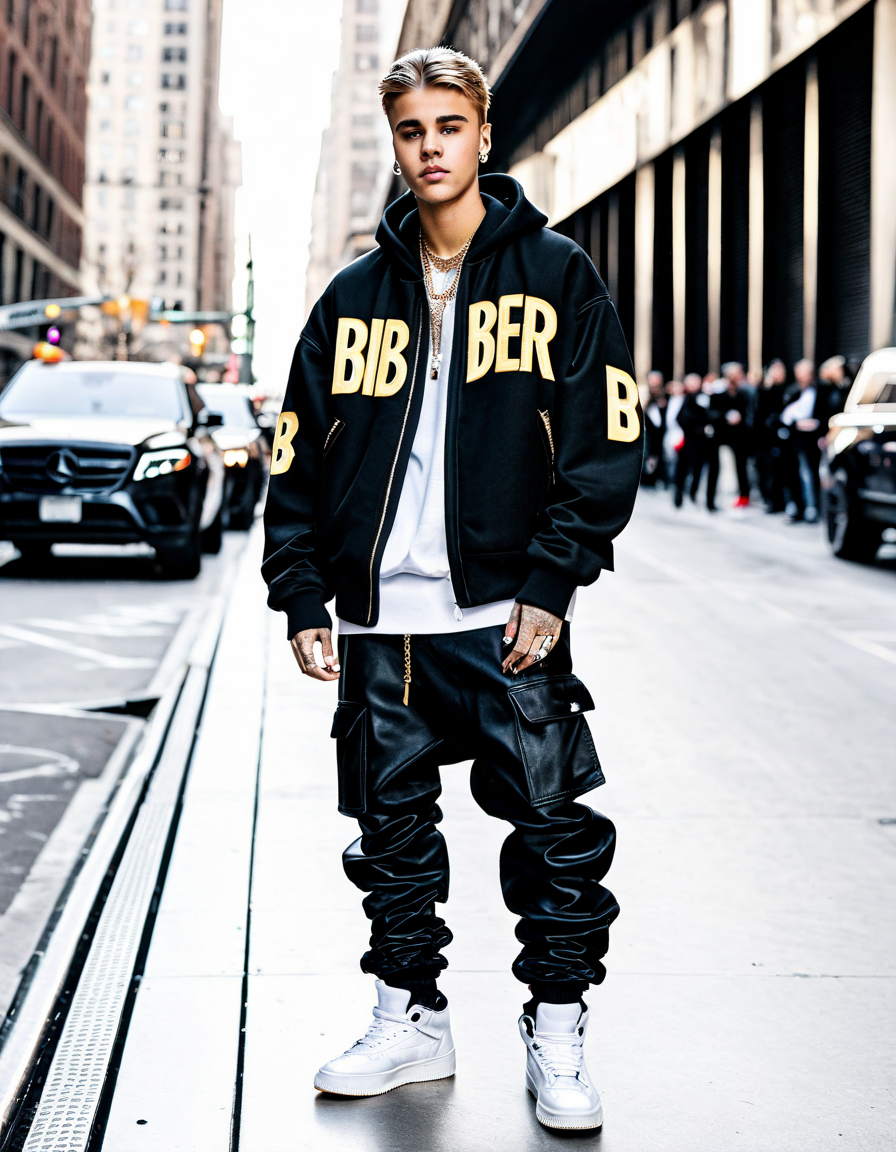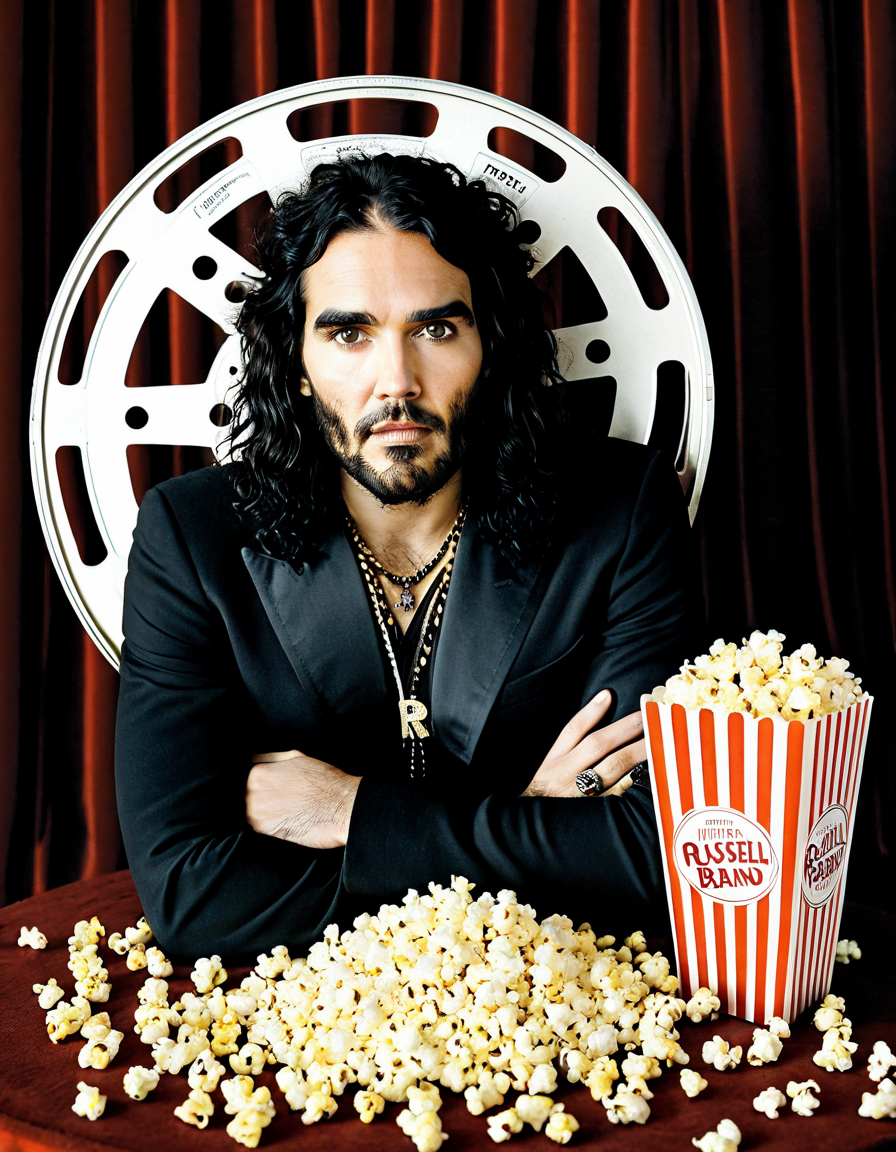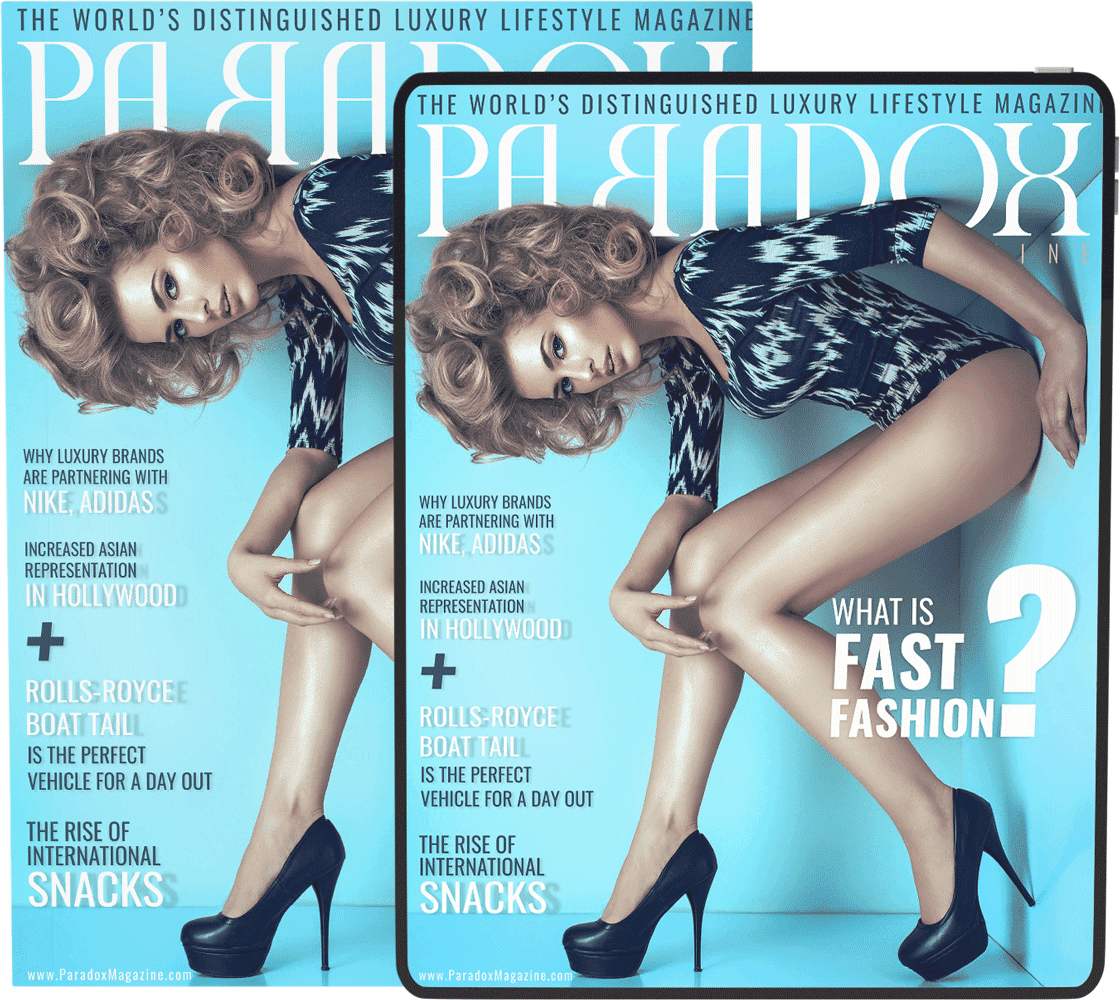“Who’s the Boss” has remained a cultural touchstone since its premiere in 1984. This beloved sitcom not only entertained audiences but also reinvented traditional family dynamics on television. Launched in a decade bustling with style and sass, “Who’s the Boss” tackled gender roles, career aspirations, and family values in a way that connected with millions. As we explore the driving forces behind this cultural phenomenon, let’s shine a spotlight on the remarkable cast and crew, plus the lasting impact the show has carved into the fabric of American television.
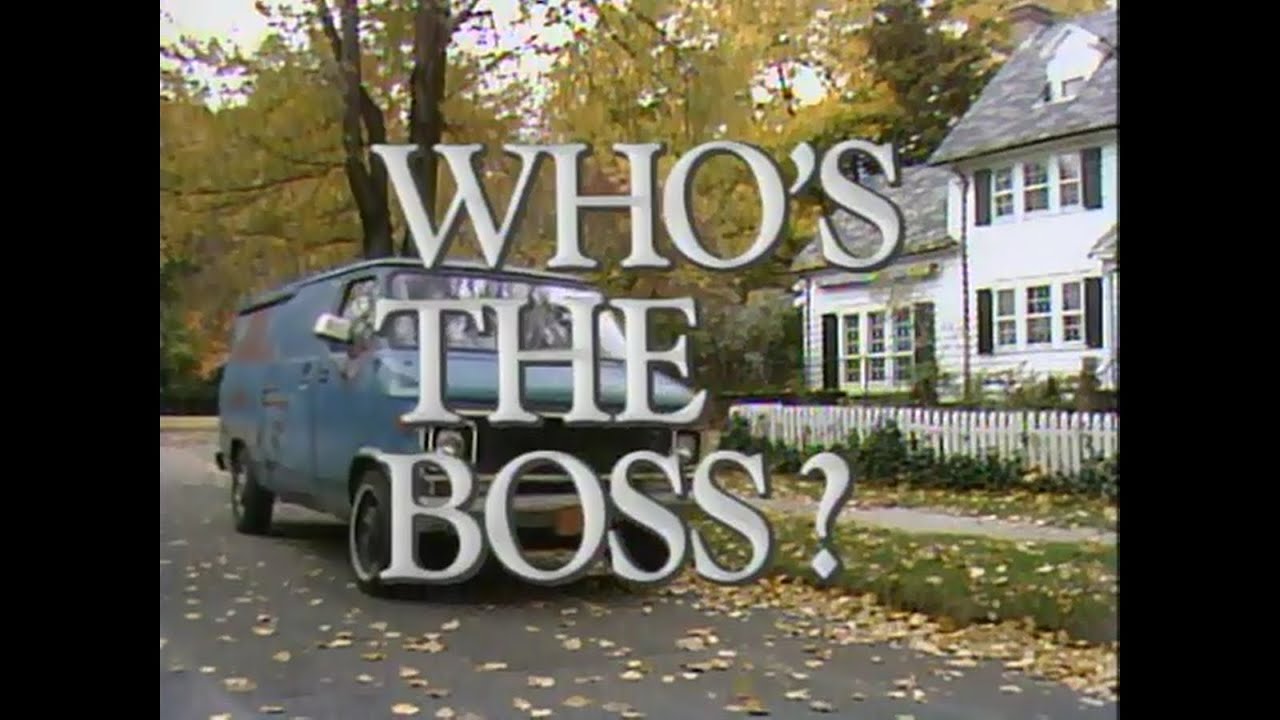
## Who’s The Boss? Powerhouse Behind the Iconic Show
Here, we explore the key players—both on-screen and off—who shaped “Who’s the Boss” into the iconic series we cherish today. Each contributor brought a distinct flair, ultimately weaving a rich tapestry that brought the show to life.

1. Tony Danza: The Charismatic Lead
Tony Danza, the charming heartthrob of the ‘80s, took center stage as Tony Micelli. Imagine a widowed father stepping into the role of housekeeper—with all the humor and heart you could ask for! Danza managed to balance traditional masculinity with a warm homemaker’s touch, creating a character that was as relatable as he was lovable. Through his comedic timing and genuine demeanor, Danza tackled themes of domesticity, engaging audiences in a narrative that subverted stereotypes. Who could resist rooting for a guy like Tony, while he took on household chores—and heartstrings?
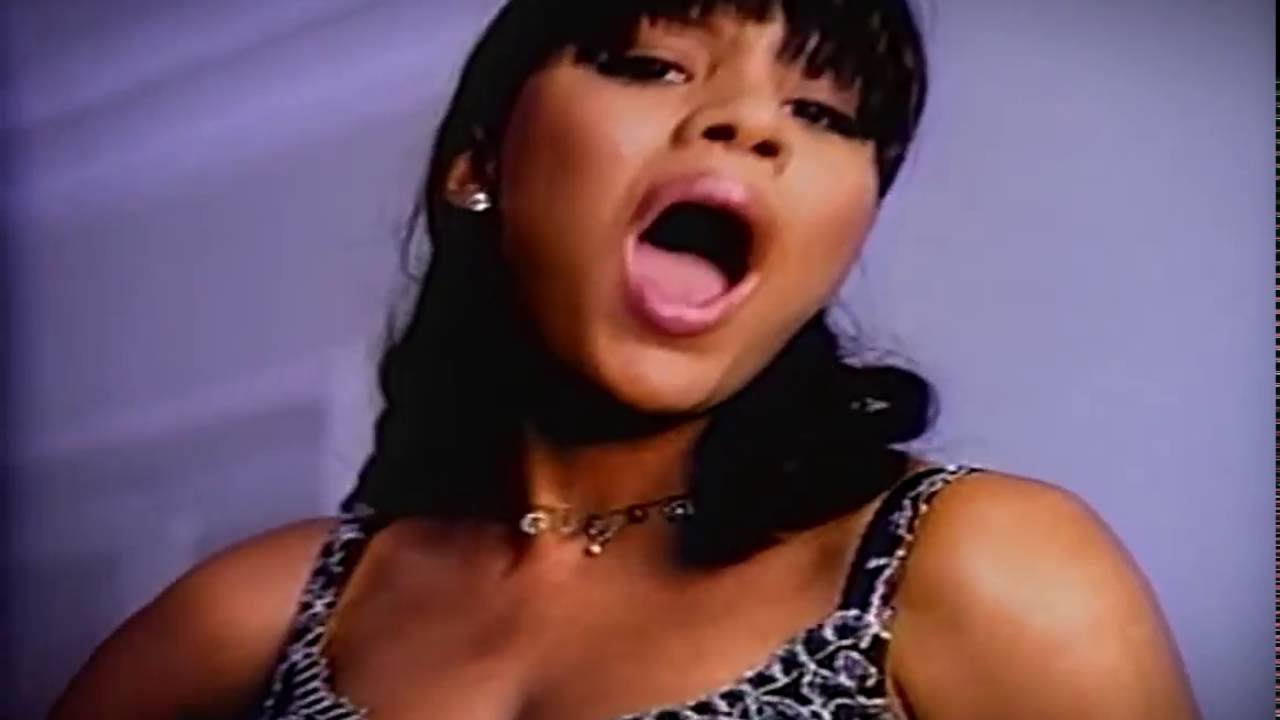
2. Judith Light: Pioneering Female Empowerment
Then we have the fabulous Judith Light as Angela Bower, a trailblazer who blurred the lines in the workplace and at home. Angela wasn’t just a working mother; she was an empowered career woman redefining what it meant to balance her professional life with family responsibilities. Light’s performance reset the stage for women in sitcoms, proving that they could occupy front and center, steering the narrative instead of merely supporting it. With her blend of softness and strength, Angela became a role model, inspiring future heroines to embrace independence.
3. Danny Pintauro: The Child Star
Let’s not forget Danny Pintauro, who captured our hearts as Jonathan Bower. Pintauro showcased the thoughts and challenges of an adolescent navigating the highs and lows of family dynamics during a time when life looked remarkably different. His portrayal was relatable, illustrating a nuanced perspective of teen life that resonated with viewers. Through every awkward moment and life lesson, Pintauro brought authenticity to the character and made us feel connected to the crux of family trials and tribulations.
4. Alyssa Milano: The Teenage Icon
And who could ignore Alyssa Milano, as the teenage Samantha Bower? Her character epitomized the typical teenage girl—and for many, Milano became an icon embodying both style and substance. From childhood mischief to teenage rebellion, Samantha’s development mirrored the experiences of many viewers, marking her as a star in every teenager’s heart. Beyond the show, Milano became a vocal advocate for women’s rights, showcasing how her early fame shaped her into an influential figure in modern-day activism.
5. Holland Taylor: The Sharp-Witted Grandmother
Ah, the incomparable Holland Taylor as Mona Robinson! She brought a delightful spark of sass and wisdom as the quirky grandmother, injecting humor into the family unit’s intergenerational conversations. Taylor effectively broadened the contours of family discussions, addressing serious topics with a comedic flair that resonated with audiences. Her layered performance depicted the beauty and complexity of familial relationships, proving that laughter could coexist with tough subjects.
6. Creator/Producer Martin Cohan: Visionary Behind the Scenes
Let’s give a round of applause to Martin Cohan, the visionary creator behind “Who’s the Boss.” Cohan had the bold idea to challenge societal norms with a male figure in the homemaker role—a timely message that shook things up in sitcoms. By prioritizing discussions around family, work-life balance, and evolving gender roles, he paved the way for discussions that extended well beyond the television screen. His thought-provoking themes rippled through pop culture and contributed to reshaping perceptions about family dynamics.
7. Director Asaad Kelada: Crafting the Show’s Tone
Finally, we must acknowledge Asaad Kelada, the director whose keen eye crafted the show’s signature tone. His skill in weaving together comedic moments with poignant storylines left fans eagerly awaiting each episode. Kelada knew precisely how to balance levity with heartfelt exchanges, ensuring viewers would be left clutching their sides with laughter—while also reflecting on life’s lessons. The friendly chemistry on screen was undoubtedly a component of Kelada’s masterful direction, making “Who’s the Boss” truly unforgettable.

Lasting Legacy of “Who’s the Boss”
The cultural impact of “Who’s the Boss” extends far beyond its broadcasts. It ignited conversations on gender roles, parenting styles, and transforming family norms that felt fresh in the ’80s and remain relevant today. The show didn’t just mirror societal changes; it influenced them. Subsequent shows like “Modern Family” and “The Good Place” have drawn inspiration from that groundwork laid by “Who’s the Boss,” continuing the exploration of intricate family relationships.
Moreover, many cast members have become advocates, entrepreneurs, and change-makers in their own right, emphasizing the progressive themes that originated within the series. Judith Light continues to be a powerful voice for women, while Alyssa Milano champions causes that matter to her audience. Such a legacy illustrates how the themes tackled in “Who’s the Boss” resonate so compellingly today, igniting conversations and reflections over how far we’ve come—and how far we still have to go.
So, as we reflect on the wisdom shared through laughter and love in “Who’s the Boss,” let’s remember its role as not merely a sitcom but a movement. Sparked by innovative storytelling and unforgettable performances, it showcased how family life and gender roles could evolve, leaving us a legacy that shines brightly even decades later. And with that legacy, we understand: it’s not remaining static that defines the show’s impact, but rather its contribution to continual dialogue about what it means to be a family in a world that’s constantly shifting.

Who’s the Boss: Powerhouse Behind the Iconic Show
Behind the Scenes Magic
Did you know that “Who’s the Boss” wasn’t just another sitcom? It’s a classic that touched on gender roles and family dynamics, making it quite ahead of its time. The show debuted in 1984 and took viewers on an entertaining ride through the comedic misadventures of a housekeeper and a father figure. Interestingly, the show captivated audiences, helping propel stars like Judith Light and Tony Danza into the limelight. Among the co-stars was none other than a young Alyssa Milano who went on to achieve fame later on. Fun fact: while she played the charming daughter, she grew up before our eyes, much like how we see some transformations in celebs, like Zac Efron before And after his Hollywood journey.
A Little Extra Flare
The creative minds behind “Who’s the Boss” weren’t just focused on writing witty dialogue. The show’s producers crafted memorable moments that have become part of pop culture. For example, scenes where characters showed vulnerability balanced with humor made the show relatable. Speaking of iconic moments, remember when that infamous episode was parodied? Reality TV and shows today owe a lot to the bold storytelling “Who’s the Boss” pioneered. And here’s a quirky tidbit: Art garfunkel once revealed that he found inspiration in sitcoms to craft his music—and hey, even Fat Man scoop has been noted for referencing TV shows in his beats!
Cultural Impact
The series sparked conversations that encouraged more shows to explore various family dynamics, paving the way for discussions about what “family” really means. Its legacy continues as modern series tackle these themes, often with a humorous twist—much like The Leftovers, which, while a different genre, also dives deep into character relationships. With its lasting influence, it’s no wonder that “Who’s the Boss” remains a talking point, a nostalgia trip for many. The show’s charm might just echo through time, similar to how trends in fashion, like the growing popularity of the body suit or comfy footwear like Hoka Bondi 7 Womens, have made comebacks that resonate with different generations.


